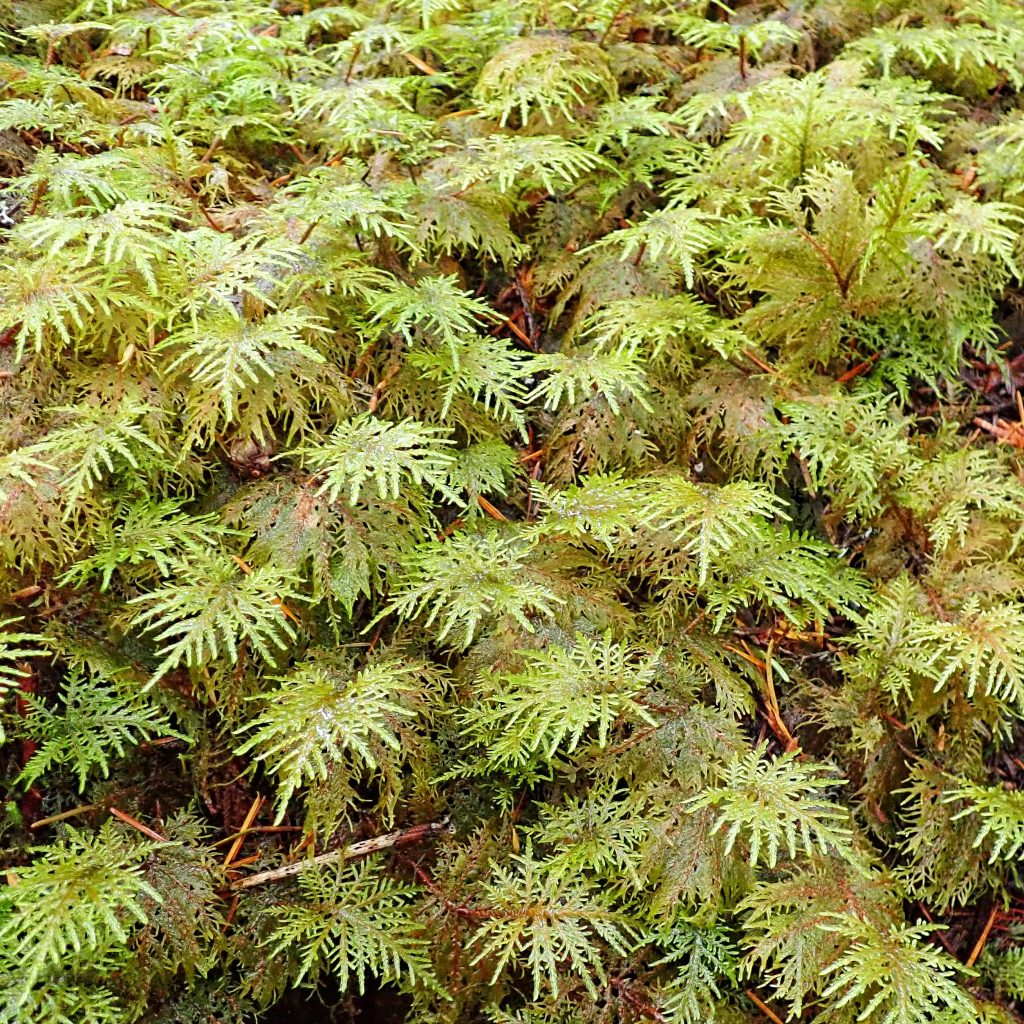
Would that I were more like moss, able to accept uncertainty and respond instantly to positive changes in the environment, as well as waiting without complaint through the inevitable periods of drought and desiccation. But alas, I am a human being, with a think machine that spins wildly and seems to be beyond my immediate control. And though I could be described as reserved, or as uncaring, cold,or emotionless about many subjects the world deems meaningful, there are things I care deeply about, and when they are threatened I can become rather emotional and fearful. Beyond the level of personal relationships the issues that concern me most revolve around our pollution and destruction of the environment (with its concomitant deleterious effects on the lifeforms living there), and a basic social justice that treats all humans fairly and equally, and finds their worth in their character and humanity, and not in their race, gender or sexual orientation, or their ability to make or spend money.
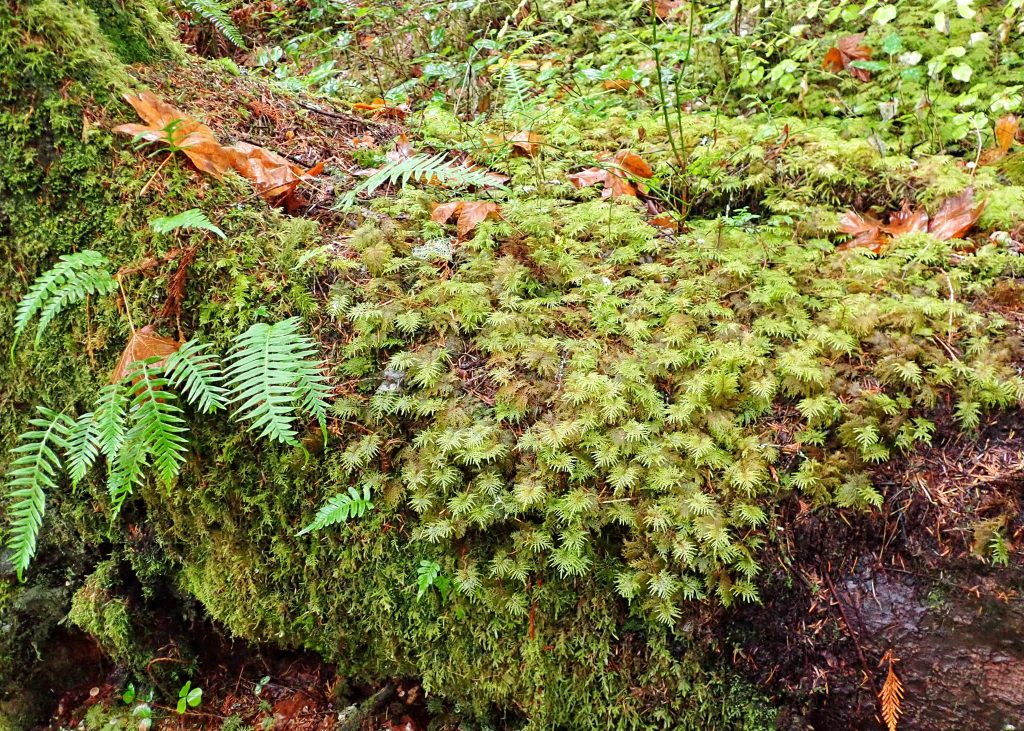
It has been 13 days since I managed to marshall my thoughts well enough to write. 13 days since Americans went to the polls with a chance to unseat the administration (and its Congressional lackeys and minions) that is the most antithetical to my ideals in my lifetime. And, though we did not deliver the resounding “NO” I had hoped for, the blue tidal wave that would show that as a nation we overwhelmingly valued respect for the diversity of life over profit margins, we did manage to defeat the ugliest face of the white privilege, intolerance, and greed movement that is threatening our country. Except that, true to form, he and his ilk refuse to accept their defeat, and, selfish, irresponsible, shortsighted, poor sports lacking critical thinking skills that they have proven themselves to be, have turned to the courts to try to steal this election.
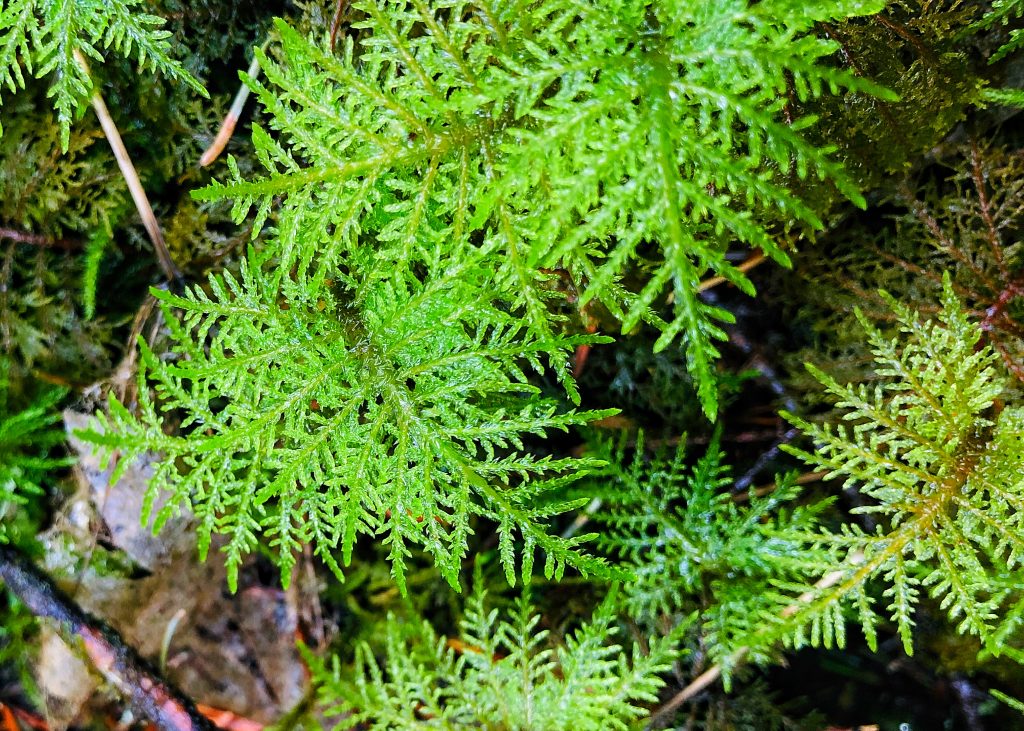
But it turns out that the corruption doesn’t go that deep, despite the administration’s introduction of infection into our judicial system. It seems that integrity will win the day, although my own anxiety during the past 12 days has been because I feared that wouldn’t be the case. I now believe that I was wrong, and that the checks and balances built into our system will prevent this authoritarian administration from seizing power that was not granted by our democracy. And, even though we are still deeply divided, and a toxic layer of systemic racism and intolerance has not only been exposed but has been fed by hatred on both sides, and there are mountains of work to be done to protect the natural world (which includes humanity!) from the unparalleled perils of climate change, habitat destruction, and disease, I am comforted by this, and seem able to once again exercise some control over the drunken monkey that is my fearful mind. So now, back to our regularly scheduled programming.
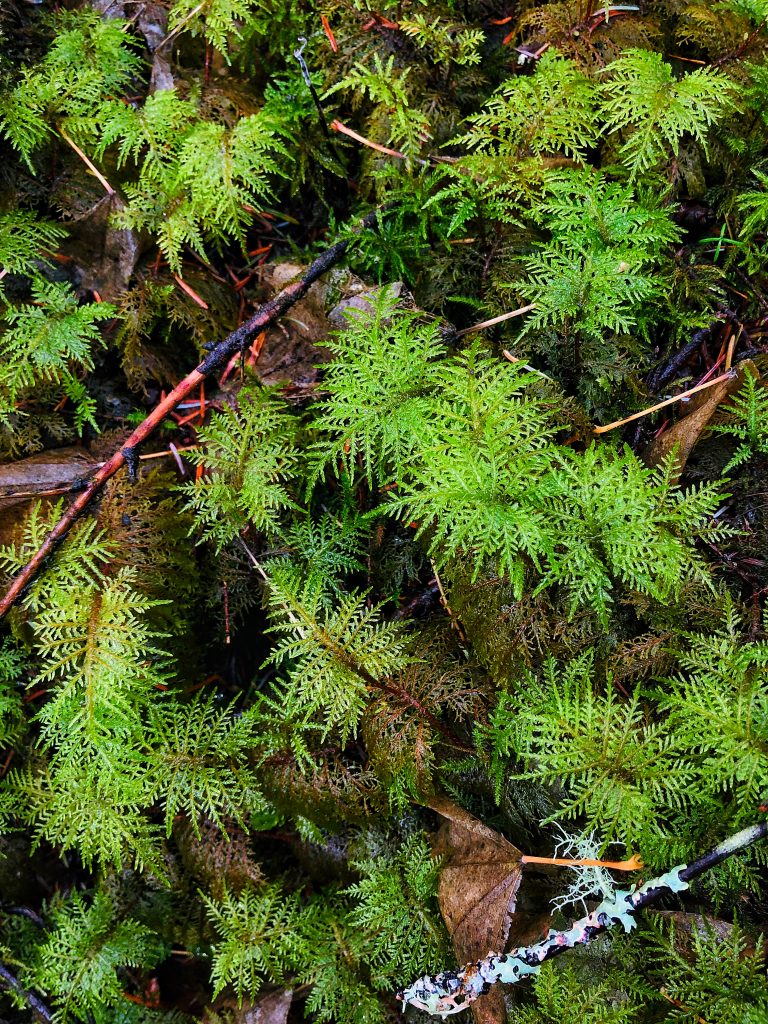
If you’ve spent any time in mature forests west of the Cascades, then you have seen Hylocomium splendens. It clothes old logs and carpets forest floors throughout the region. It is such a vivid green that it seems to gather and disperse the feeble light available in a densely shaded forest. In fact Hylocomium splendens, as a shade-preferring moss, absorbs a wider range of violet, blue, and red light, and reflects almost all of the minimal green and yellow light to which it is exposed, which leads to our perception of its brightness.
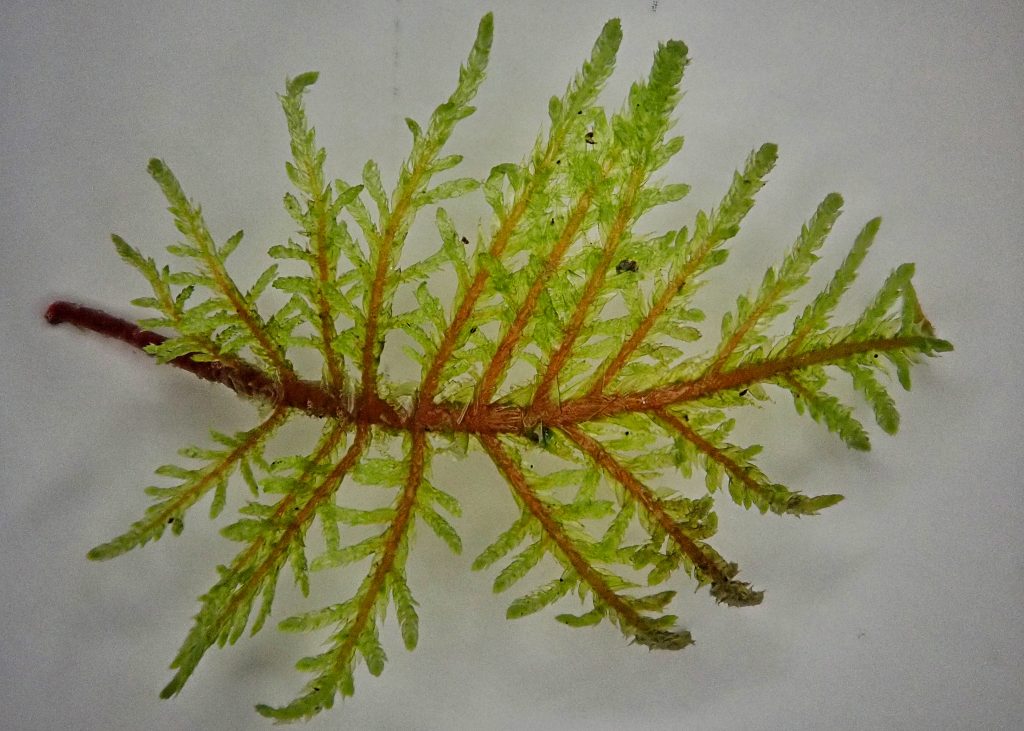
Mosses, along with liverworts and hornworts, are in the informal group called Bryophytes. This used to be a formal division (phylum) until molecular analysis showed that they had probably arisen from different lineages. Now, instead of the paraphyletic group Bryophytes, they are classified as the monophyletic divisions Bryophyta (mosses), Marchantiophyta (liverworts), and Anthocerotophyta (hornworts). But research is ongoing, and these conclusions may be invalidated, since there are multitudes of veils obscuring hundreds of millions of years of evolution, and in the peeling back of these layers there are nearly constant instances where, in the immortal words of The Dude in ‘The Big Lebowski’, “New sh*t has come to light!”.
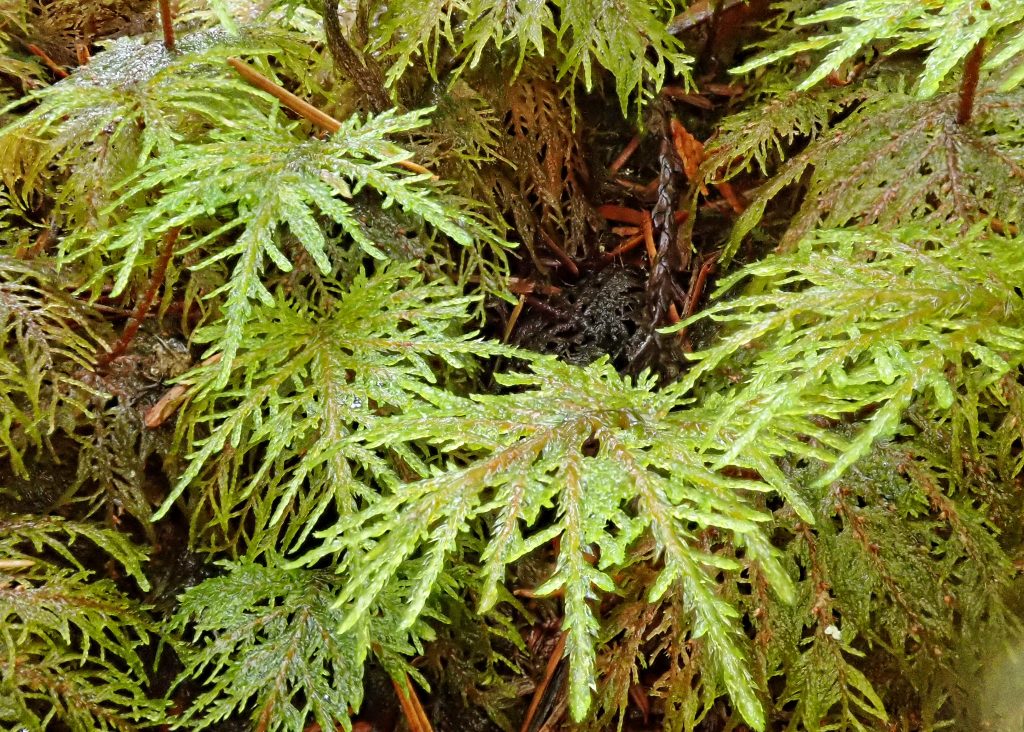
Mosses do not have roots for transporting water and minerals. Instead they have rhizoids, which anchor the moss and absorb minerals, although the distribution is minimal. Mosses absorb the bulk of their minerals through osmosis as rain and the runoff from rain washes over the single celled thickness of their leaves and rhizoids. That is why mosses are so frequently found on non-porous surfaces like rocks and wood, because the runoff washes over them rather than being absorbed. And mosses must be damp for photosynthesis to occur, because that moisture allows carbon dioxide to enter the cells, where the energy produced by the interaction of sunlight and pigments (chlorophylls and carotenoids) splits off the O2 molecules so the carbon can be combined with the H2O to produce glucose, which feeds the plant and allows it to grow. The O2 molecules are released to oxygenate our air.
The diversity of multicellular animals in general, and terrestrial animals in particular (and, of course, the millions of species of plants that utilize its processes), was made possible by the existence of photosynthesis. Before its advent, around 2.5 billion years ago, there was almost no free oxygen in the atmosphere. But by about 2 billion years ago there was enough oxygen to begin forming the ozone layer, which shields the earth from the bulk of ultraviolet radiation. That protection allowed terrestrial plants, chief among them being the prototypical bryophytes, to begin colonizing the land around 600 million years ago. This in turn led to a massive increase in the free oxygen in the atmosphere, which allowed the evolution of land animals. We owe a debt of gratitude for our very existence to the ancient ancestors of the humble moss.
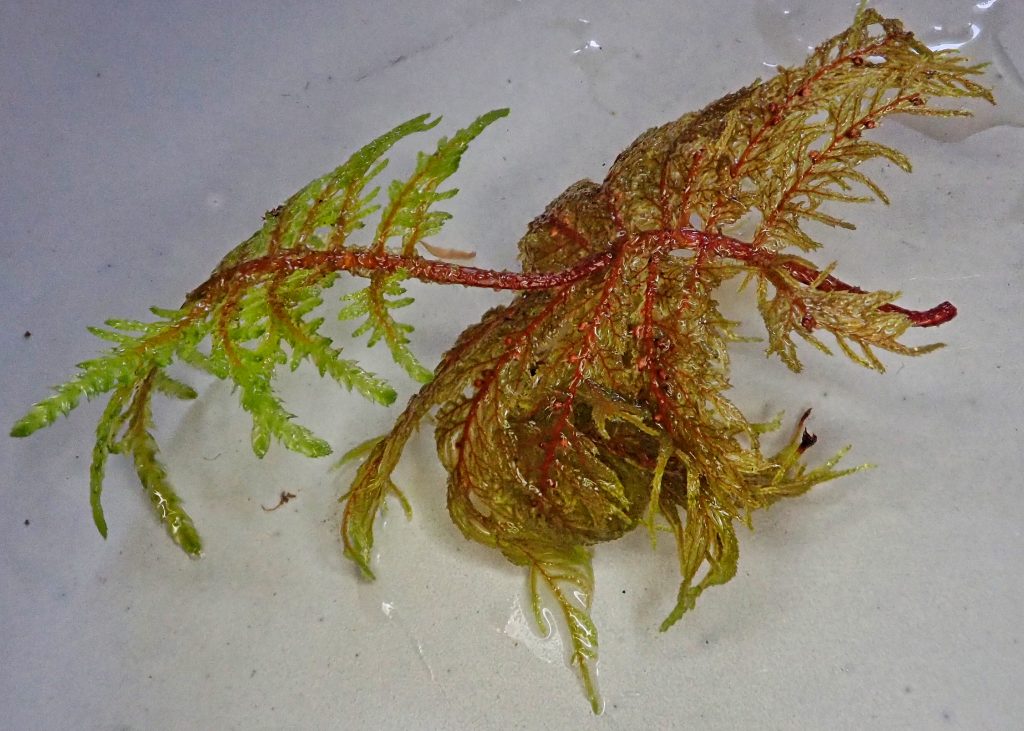
Mosses reproduce by spores rather than seeds. But unlike fern reproduction (discussed here) where the most visible generation is that of the sporophyte, the generation that we all think of as moss is the gametophyte generation. Sporophytes in mosses are small and short lived, and grow directly from the gametophyte. But sporophytes are uncommon in Hylocomium splendens. Instead it spreads by steps, forming buds along the stems of the previous years growth, which remain dormant until that season’s ‘step’ is completely grown. The age of the plant can be calculated by these steps.
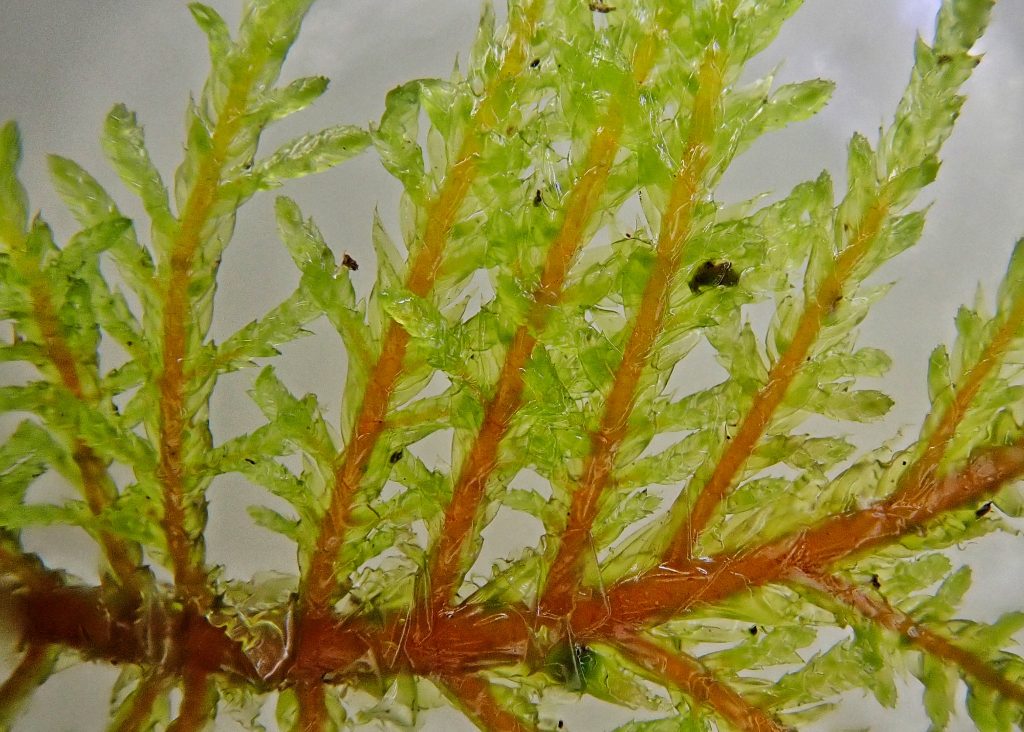
For this reason Hylocomium splendens is also called Stairstep Moss, as well as Splendid Feather Moss and Mountain Fern Moss. A note on the common names of mosses; there aren’t many that are widely used by the scientific community. Most of them tend to be colloquial, and many apply to more than one species. This is because mosses tend to be very difficult to identify to species without a great deal of experience, and close examination with a hand lens or, often, a microscope. Superficially, many of them look the same, and from a standing position an inexperienced but observant person might conclude there were 10-12 species, when in fact there are dozens. So, many of the superficially similar mosses get the same name, when they may not even be in the same genus. Common names for liverworts are even less useful or standardized.
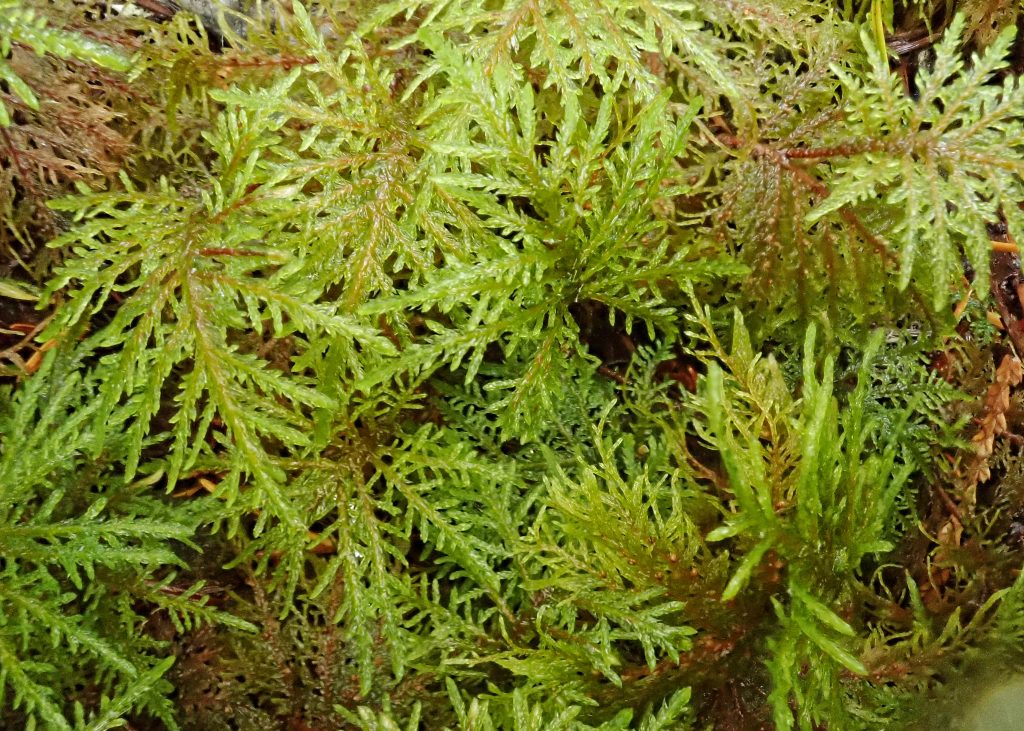
Description– Feathery moss, 2-3 times pinnately divided, forming large mats, with ‘fronds’ up to 4” long.
Similar species– None of the other ‘feather mosses’ have a stepped growth pattern, and few are thrice pinnate
Habitat-Damp, deeply shaded forest floors.
Range– Region wide in appropriate habitat
Eaten by– Caterpillars of moths in the genera Eudonia and Scoparia are known to feed on mosses, but little is known about what species are preferred. Springtails, rotifers, mites, and the larval forms of many flies live within their shelter, but do not eat them.
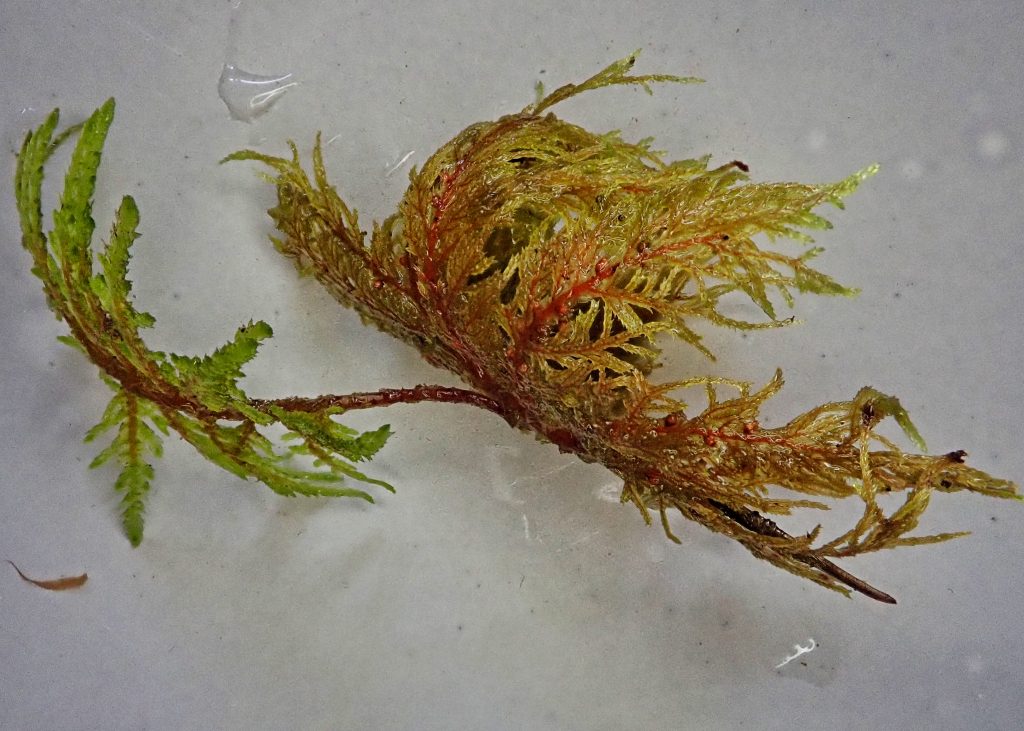
Etymology of names– Hylo– is Greek for wood. –comium is a little trickier, with some sources equating it with inhabitant, and some seeing it as a reference to the Greek word for moss, which is mnium. But if you break it into com-,meaning together, and –ium, meaning ‘the nature of’, then it makes sense to me that maybe Max Fleischer, the man who named the family from which this generic name is derived, a painter as well as a botanist, felt these mosses evoked the very nature of the forest. Splendens means splendid, an apt name indeed, from the Latin for shining, splendeo.
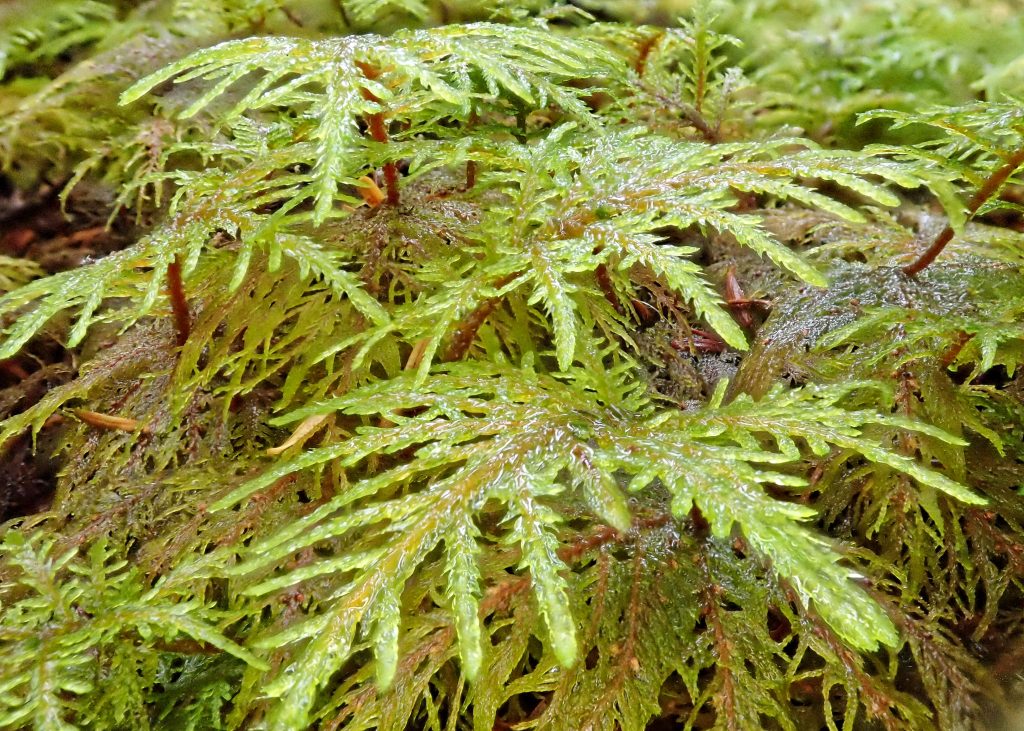
http://www.efloras.org/florataxon.aspx?flora_id=1&taxon_id=200002578
https://www.fs.fed.us/database/feis/plants/bryophyte/hylspl/all.html
https://www.centralcoastbiodiversity.org/step-moss-bull-hylocomium-splendens.html
http://www.borealforest.org/lichens/lichen7.htm
https://www.britannica.com/plant/stair-step-moss
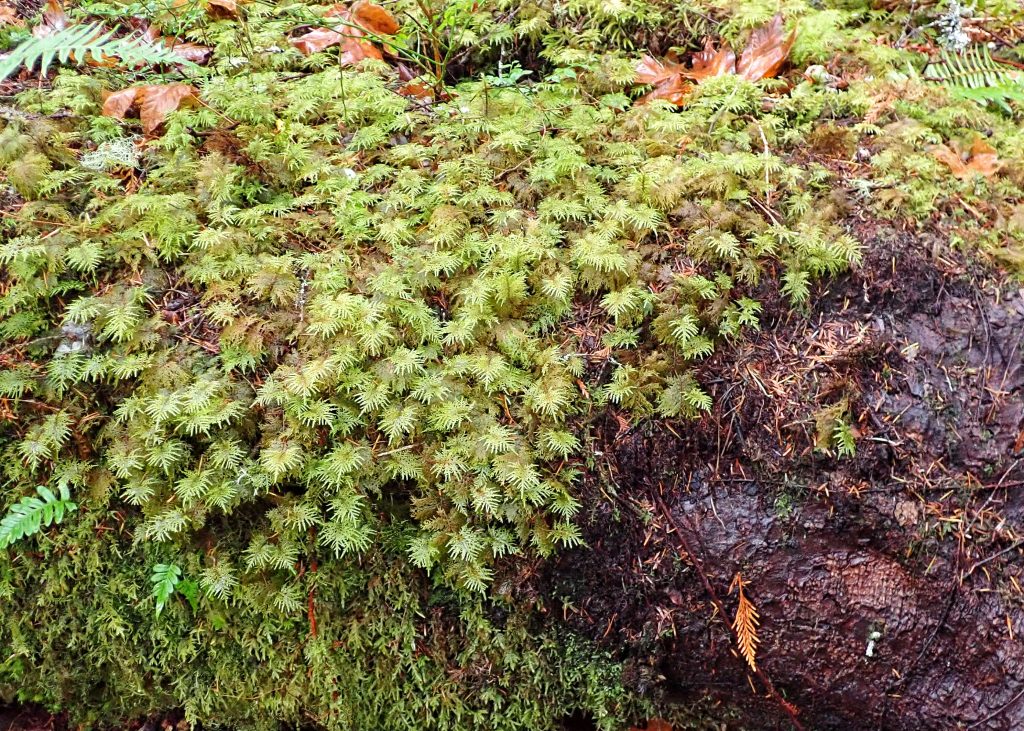
My thoughts of late have certainly mirrored yours. So depressing to my world view to know such a large proportion of our country would want that ignorant, hateful, venal “person” to remain in office. But soothing to read and learn about mosses – thank you.
what in the world, that is crazy, 3 years in the future reading this
I’m not sure what you mean, Jude. Crazy cuz you disagree, or crazy cuz you don’t remember how crazy that time was?